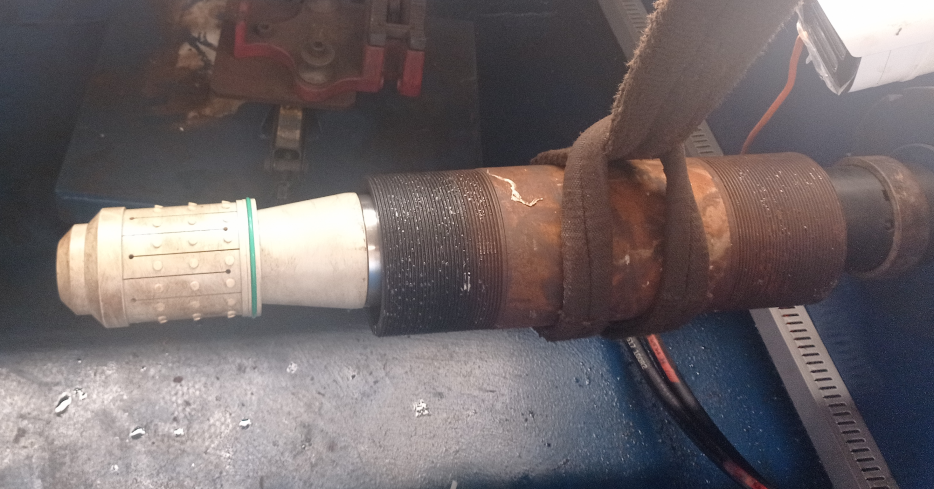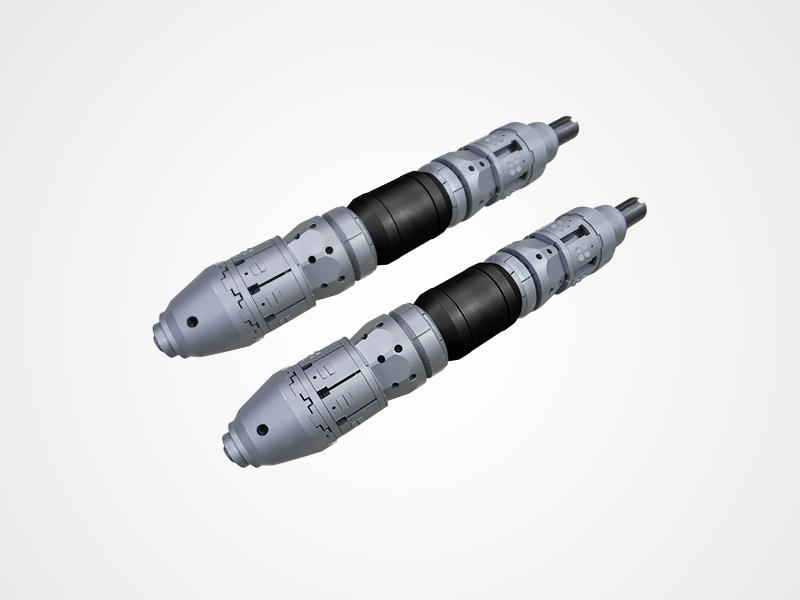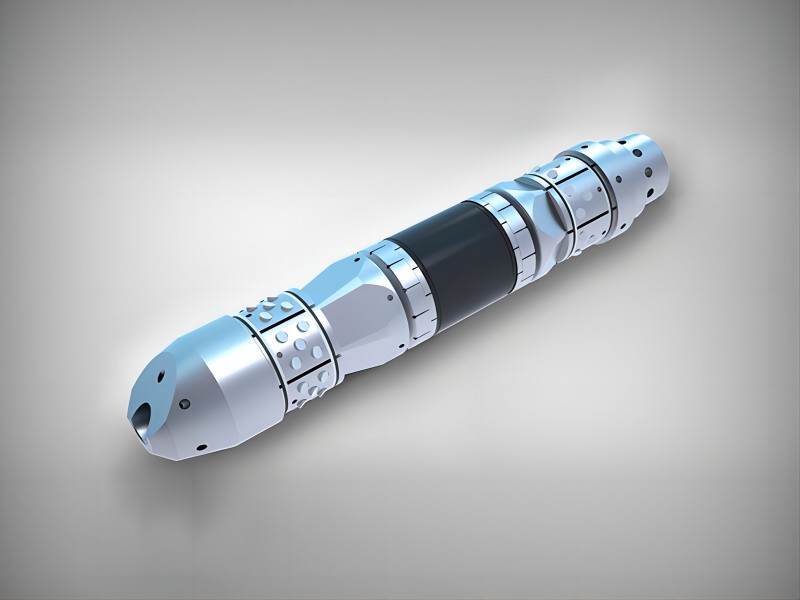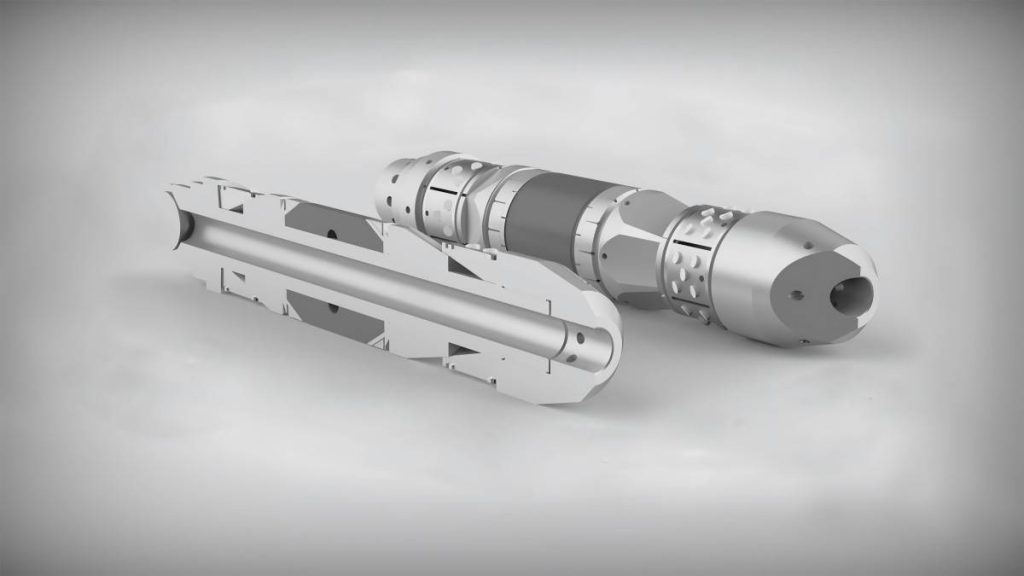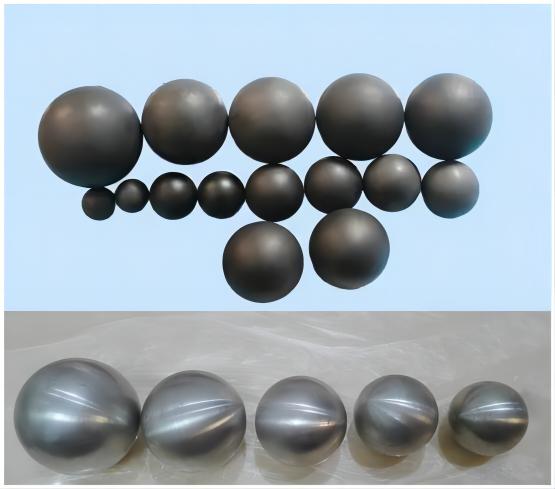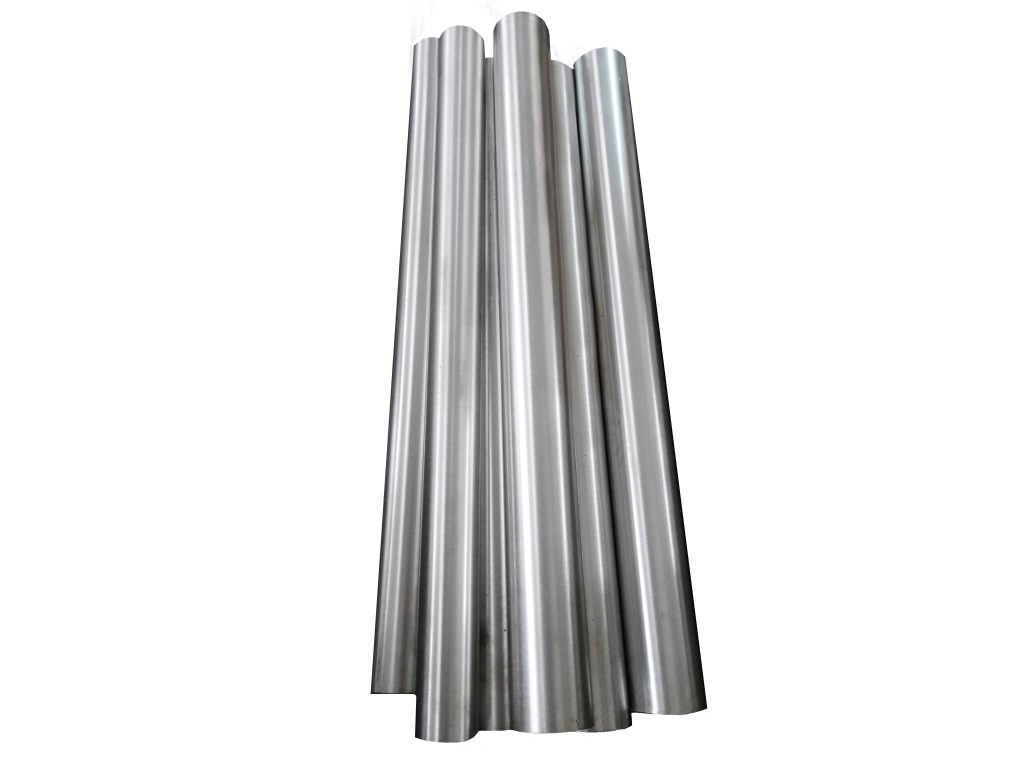Understanding the Inner Workings of Dissolvable Magnesium Alloys
Magnesium, the lightest structural metal, possesses a unique charm. Its low weight and high strength make it a darling in various fields, from aerospace to medical implants. But magnesium has a hidden talent, one that unfolds in a mesmerizing ballet of chemistry – its ability to dissolve. This article delves into the intricate dance of dissolution, specifically focusing on the fascinating world of dissolvable magnesium alloys and their applications, particularly in the realm of dissolvable frac plugs used in the oil and gas industry.
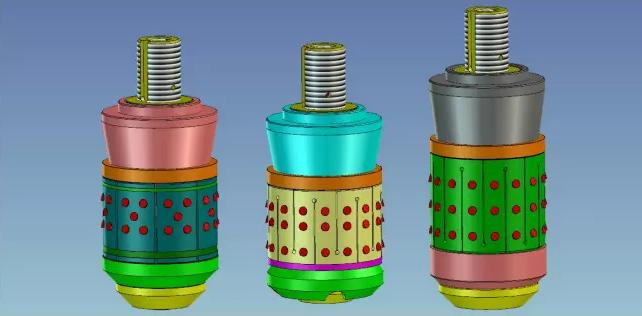
What is Dissolvable Magnesium Alloy?
Dissolvable magnesium alloys represent a unique class of metals that deviate from conventional counterparts. These alloys undergo a meticulous manufacturing process, incorporating precise proportions of elements such as aluminum, zinc, and rare earth metals. The objective is to engineer a controlled self-degradation mechanism. Similar to performers in a carefully choreographed dance, these alloys exhibit a synchronized response to their surroundings, with their dissolution rate harmonizing with factors such as temperature, pH levels, and the composition of the surrounding fluid. This intricate interplay allows dissolvable magnesium alloys to adapt dynamically to various environmental conditions, providing a versatile and tailored approach to their functional lifecycle.
How Microstructure and Environment Influence Dissolvable Magnesium Alloys?
Dissolvable magnesium alloys’ unique ability to dissolve in certain environments offers advantages in terms of reduced environmental impact and simplified manufacturing processes. Understanding the factors that influence the dissolution of magnesium alloys is crucial for optimizing their performance in various applications. Here are 3 factors that influence the dissolution of dissolvable magnesium alloy as follows:
1. Alloy Composition
The composition of magnesium alloys plays a pivotal role in determining their properties, including their dissolvability. Common alloying elements include aluminum, zinc, manganese, and rare earth elements. The alloy composition not only affects the mechanical properties but also influences the corrosion behavior and dissolution kinetics. For instance, aluminum-containing magnesium alloys have been widely studied for their improved corrosion resistance and controlled dissolution rates.
The addition of alloying elements serves to create a protective oxide layer on the alloy surface, which acts as a barrier against aggressive environmental factors. The choice of alloy composition is thus a delicate balance between achieving desirable mechanical properties and ensuring controlled dissolution.
2. Microstructure
The microstructure of magnesium alloys, characterized by grain size, phase distribution, and the presence of precipitates, significantly influences their dissolution behavior. Fine-grained structures are generally associated with enhanced corrosion resistance due to the reduced number of corrosion-prone grain boundaries. The presence of secondary phases, such as intermetallic compounds, can also impact dissolution kinetics.
Researchers have found that modifying the microstructure through heat treatment or alloying additions can tailor the dissolution behavior of magnesium alloys. Fine-tuning the microstructure allows for the optimization of both mechanical properties and dissolution rates, making these alloys versatile in diverse applications.
3. Environmental Factors
The environment in which magnesium alloys are placed plays a crucial role in their dissolution kinetics. Factors such as pH, temperature, humidity, and the presence of specific ions profoundly influence the corrosion and dissolution processes. In biomedical applications, for instance, the physiological environment within the human body can accelerate or decelerate the dissolution of magnesium alloys used in implants.
Understanding the interplay between environmental factors and alloy composition is essential for predicting the performance of dissolvable magnesium alloys in real-world applications. Corrosion studies under simulated service conditions provide valuable insights into the long-term behavior of these materials, guiding engineers and researchers in selecting appropriate alloy compositions for specific applications.
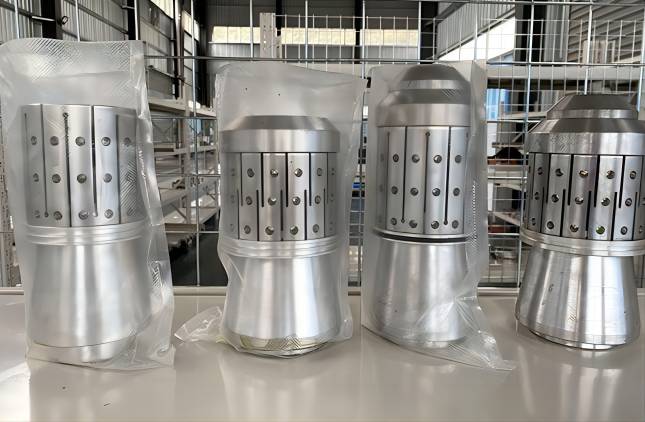
The Two Faces of Dissolution: Chemical and Electrochemical
Understanding the mechanisms governing their dissolution is crucial for tailoring their properties and ensuring safe and predictable performance. Here is the dual nature of dissolvable magnesium alloy dissolution: the chemical and electrochemical pathways.
Chemical Dissolution
The chemical dissolution of magnesium alloys primarily involves the direct reaction of the alloy’s surface with the surrounding environment. This environment can be aqueous, such as physiological fluids in the case of implants, or non-aqueous, like saline solutions used in corrosion tests. The key protagonists in this act are the magnesium ions (Mg<sup>2+</sup>) and the water molecules.
- Hydration: Water molecules readily attach to the exposed Mg atoms on the alloy surface, forming a hydration shell. This shell weakens the metallic bonds and facilitates the release of Mg<sup>2+</sup> ions into the solution.
- Passivation: The released Mg<sup>2+</sup> ions react with hydroxyl (OH<sup>-</sup>) ions present in the solution, forming a magnesium hydroxide (Mg(OH)<sub>2</sub>) layer. This layer, though initially protective, can be porous and susceptible to further dissolution depending on the alloy composition and environmental factors.
- Dissolution: Continued interaction between the Mg<sup>2+</sup> ions and the solution, along with the potential breakdown of the Mg(OH)<sub>2</sub> layer, leads to the gradual dissolution of the alloy surface. The rate of this process depends on factors like pH, temperature, and the presence of aggressive ions (e.g., chlorides).
Electrochemical Dissolution
While chemical dissolution dominates in neutral and mildly basic environments, the story becomes more complex in acidic or highly alkaline solutions. Here, the dissolution process acquires an electrochemical dimension.
- Galvanic Couple Formation: The alloy acts as a galvanic couple, with different phases or intermetallic compounds within the microstructure exhibiting varying electrochemical potentials. This creates localized anodic and cathodic sites on the surface.
- Anodic Dissolution: At the anodic sites, Mg atoms directly ionize, releasing Mg<sup>2+</sup> ions into the solution. This oxidation process generates electrons that flow through the alloy’s conductive network.
- Cathodic Reactions: Electrons migrate to the cathodic sites, where they can participate in various reactions depending on the environment. These include hydrogen evolution (H<sup>+</sup> + e<sup>-</sup> -> H<sub>2</sub>), oxygen reduction (O<sub>2</sub> + 4H<sup>+</sup> + 4e<sup>-</sup> -> 2H<sub>2</sub>O), or the reduction of specific ions present in the solution.
The electrochemical nature of dissolution introduces a new set of variables, such as the exchange current density and the potential difference between the anodic and cathodic sites. These factors significantly influence the rate and morphology of the dissolution process.
How Dissolvable Plugs Reshape the Oil & Gas Landscape?
Understanding the dissolution mechanism is crucial for harnessing the power of dissolvable magnesium alloys. In the oil and gas industry, dissolvable frac plugs made of these alloys are performing a vital role. These plugs, placed strategically in wells during hydraulic fracturing, temporarily isolate zones and facilitate efficient fluid flow. But once their job is done, they gracefully dissolve, eliminating the need for expensive and time-consuming removal operations.
Controlling the dissolution rate is key to ensuring the success of these plugs. By fine-tuning the alloy composition, applying surface coatings, and optimizing the surrounding environment, engineers can choreograph the perfect dissolution sequence.

Beyond Frac Plugs: A Future of Possibilities
The possibilities for dissolvable magnesium alloys extend far beyond frac plugs. In the medical field, they hold promise for temporary implants that dissolve away, eliminating the need for surgery for removal. In aerospace, they can be used in self-destructing fasteners, ensuring safety during critical operations. And in the world of electronics, they can be employed in biodegradable sensors, minimizing environmental impact.
The future of dissolvable magnesium alloys is bright and filled with opportunities to create innovative and sustainable solutions across diverse fields. By understanding the intricate dance of dissolution, we can unlock the full potential of this remarkable material and choreograph a future where materials gracefully fade away, leaving behind only the benefits they bestow.

